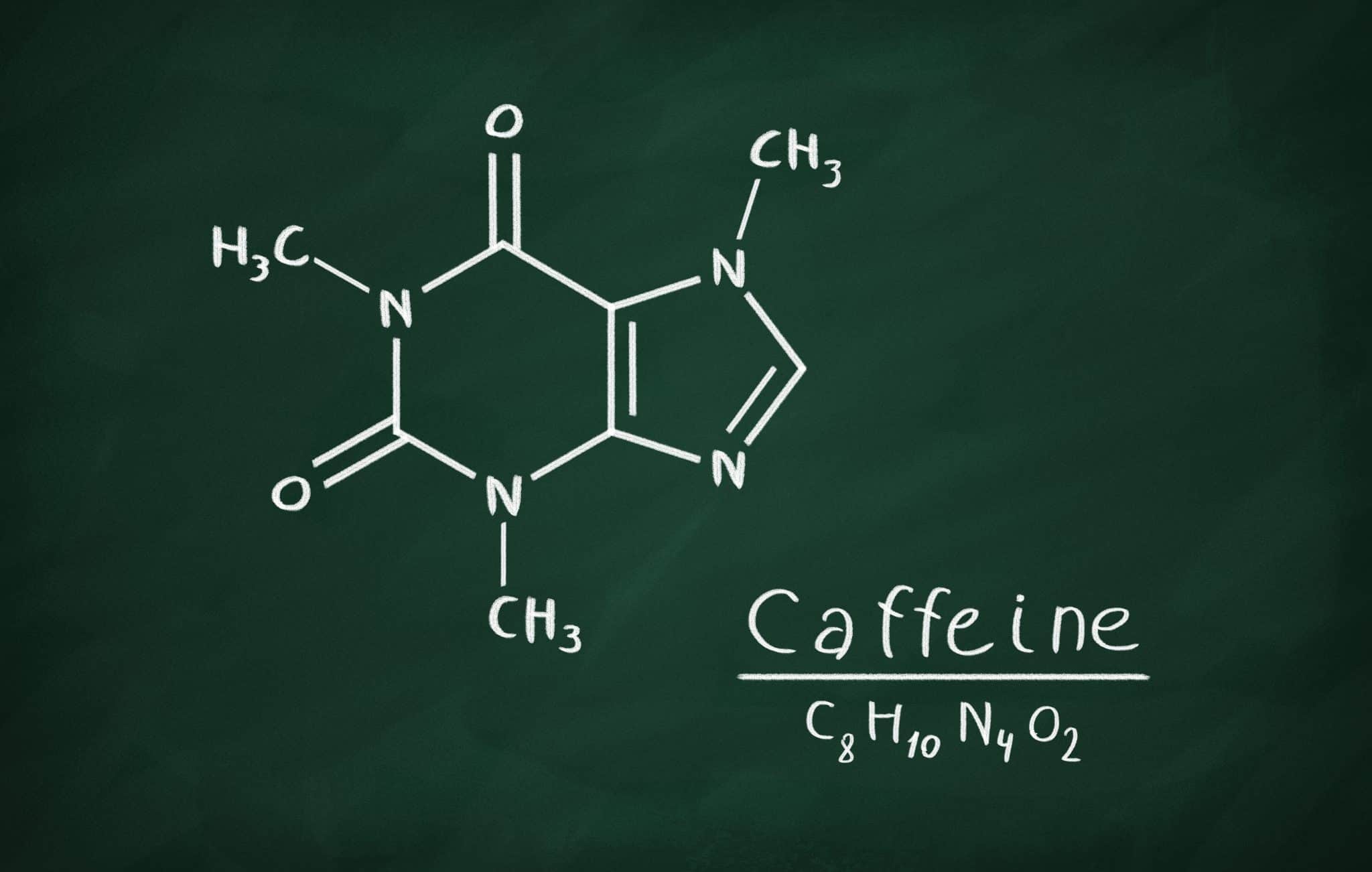

#Caffeine structure vs atp series
Using a combination of RNAi and chemical treatment, we demonstrate that caffeine activates autophagy through a series of sequential events, starting from the inhibition of its primary cellular target adenosine A2a receptor (A2AR) to an increase in the protein level of Sirtuin 3 (SIRT3) and to the activation of 5' adenosine monophosphate-activated protein kinase (AMPK). Mechanistically, caffeine facilitated the elimination of ROS by activating autophagy.
#Caffeine structure vs atp skin
Remarkably, low dose of caffeine (<10 μM) suppressed cellular senescence and skin damage induced by AAPH or UV. Similarly, UV irradiation induced senescence in mouse skin tissues. Results: We report that AAPH induced senescence in both transformed skin cells and in NHEKs. Reactive oxygen species (ROS) detection by commercial kits, gene knockdown by RNA interference (RNAi) and receptor activation/inactivation by agonist/antagonist treatment were applied in mechanistic experiments. Activation of autophagy was confirmed by western blotting, immunofluorescence, and transmission electron microscopy. Cellular senescence was determined by SA β-galactosidase staining, immunofluorescence and western blotting. Ultraviolet (UV) irradiation was established as the in vivo oxidative stress model in mouse skin tissues.
#Caffeine structure vs atp free
Methods: A free radical inducer 2,2'-Azobis (2-amidinopropane) dihydrochloride (AAPH) was used to induce oxidative stress and cellular senescence in both transformed skin cells and in normal human epidermal keratinocytes (NHEKs).

This study aims to investigate whether caffeine, a well-known purine alkaloid, is able to prevent skin from oxidative stress-induced senescence, and to explore the underlying molecular mechanisms. Therefore, strategies that can ameliorate oxidative stress-induced senescence are expected to protect skin from damage, holding the promise of treating skin diseases in the clinic. Skin cells are vulnerable to oxidative stress-induced senescence, which may lead to abnormal aging or aging-related disorders. Select the file that you have just downloaded and select import option Reference Manager (RIS). Caffeine Protects Skin from Oxidative Stress-Induced Senescence through the Activation of Autophagy. Tianjin Key Laboratory for Modern Drug Delivery & High-Efficiency, Collaborative Innovation Center of Chemical Science and Engineering, School of Pharmaceutical Science and Technology, Tianjin University, Tianjin, China.Li YF, Ouyang SH, Tu LF, Wang X, Yuan WL, Wang GE, Wu YP, Duan WJ, Yu HM, Fang ZZ, Kurihara H, Zhang Y, He RR. Our results provide a foundation for the development of highly selective pesticides aimed at overcoming resistance and therapeutic molecules to treat human myopathies. Our data reveal that several pests have developed resistance via two mechanisms, steric hindrance and loss of contact. The binding site is further corroborated by mutagenesis data, which reveal how diamide insecticides are selective to the Lepidoptera group of insects over honeybee or mammalian RyRs. The molecule induces a conformational change by affecting the S4-S5 linker, triggering channel opening. The 3.2-Å local resolution map facilitates unambiguous assignment of the CHL binding site. Here, we report the highest-resolution cryo-electron microscopy (cryo-EM) structure of RyR1 in the open state, in complex with the anthranilic diamide chlorantraniliprole (CHL). They are used to control a wide range of pests by targeting their ryanodine receptors (RyRs). The diamide insecticide class is one of the top-selling insecticides globally. Diversity, Equity, Inclusion, and Access.Citation, Usage, Privacy Policies, Logo.Biologically Interesting Molecule Reference Dictionary (BIRD).


 0 kommentar(er)
0 kommentar(er)
